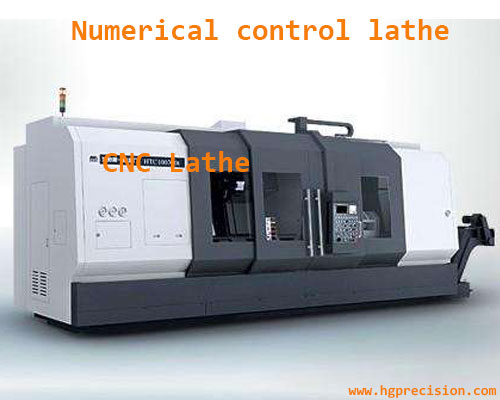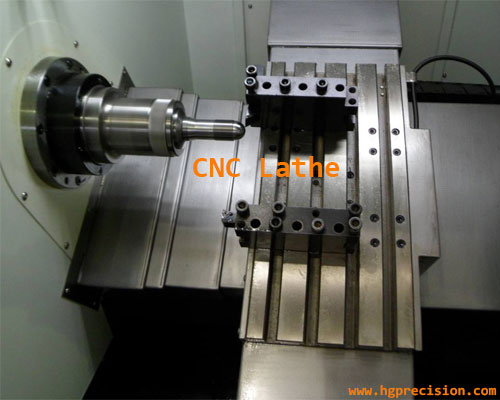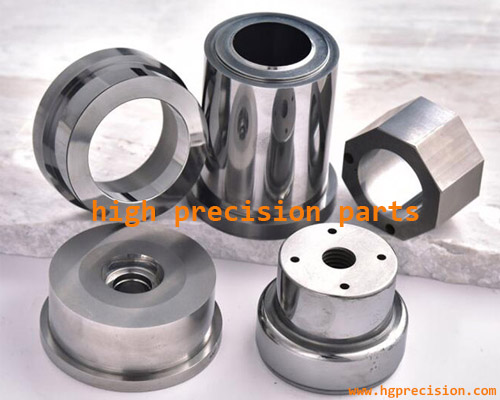Numerical control lathe is also called CNC lathe,and it is one of the most widely used CNC machine tools.
CNC lathes are mainly used for cutting inner and outer cylindrical surfaces of shaft parts or disc parts, inner and outer conical surfaces with arbitrary cone angles, complex rotating inner and outer curved surfaces and cylindrical, conical threads, etc., and can perform grooving, drilling, reaming, Reaming and boring, etc.

Basic tools: turning tool, divided into various specifications of internal and external round turning tool, internal and external tooth tool, kamei, drill, tap, reamer, etc.
- High processing precision and stable processing quality.
- Multi-coordinate linkage can be carried out, and parts with complex shapes can be processed.
- When machining parts change, generally only need to change the CNC program, which can save production preparation time.
- The machine tool itself has high precision and high rigidity, can choose a favorable processing amount, and has high productivity (generally 3~5 times of ordinary machine tools).
- The machine tool has a high degree of automation, which can reduce labor intensity.
- Higher requirements for the quality of operators and higher technical requirements for maintenance personnel.

Disadvantages: Not suitable for processing slender parts.
Application of CNC Lathe
- CNC lathe are especially suitable for processing small batches of parts with complex shapes and high precision parts,precision mold parts,precision mould parts,CNC machinery parts.
- Numerical control technology and equipment is the enabling technology and the most basic equipment for the development of emerging high-tech industries and cutting-edge industries.
- Shipbuilding industry
- Aviation, aerospace and other defense industries
- Auto industry
- Power industry
- Information Industry
- Biological industry

评论
发表评论